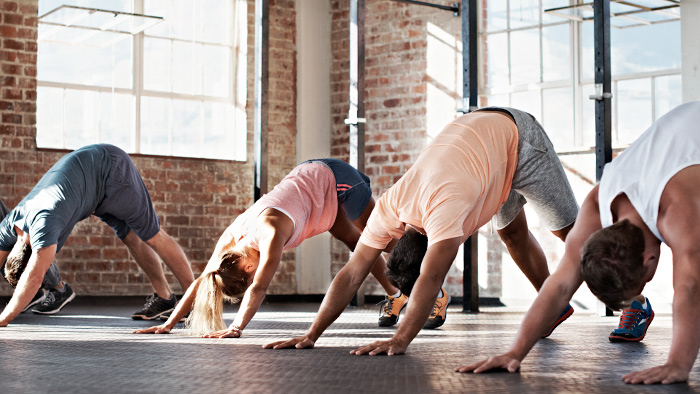As 2017 approaches, you’re starting to set some big goals for the year. You have the motivation to ride and train more than you ever have before, and your plan is to train harder than your competition and use all the sport science that is at your fingertips: a power meter, a coach, analytics, exercise physiology, the works. All of this is great, but it is also exactly how all other serious endurance athletes are training these days as well.
So, what can you do to increase your competitive edge? The answer lies in training your brain. Sports psychology is a huge field, but I am going to focus on training your brain using yoga and meditation. It’s most relevant in the off-season because, just like building a big base and doing intervals, training your brain takes time. You can’t simply flip a switch the week before your big race in the spring. Start now, apply yourself, be disciplined, work hard (just like you are training on the bike) and your mental game will take you to the next level of performance.
Advantages of Yoga
Yoga provides both physical and mental advantages. Not only does it help with recovery, it also increases flexibility. I have found that the one legged poses can increase an athlete’s proprioception for better bike handling. Cornering in crits, skills in cyclocross, and technical bike handling for mountain biking can all be enhanced as well. For the purposes of mental training, yoga puts athletes into a headspace where they can meditate. It combines the physical pose with mental concentration just like an intense moment of a bike race.
How to Get Started
Google “Yoga for Cycling” and you’ll find several resources. I recommend the pigeon, eagle and arrow poses to improve your bike handling. If you are new to yoga, try the online app YogaGlo, which has a cycling series that is wonderful. After 6-8 weeks of 2-3 times per week at home, take your practice to the next level with a class in a yoga studio.
Meditation Works
Like yoga, meditation is all about focus and breathing. This is why athletes can meditate during their yoga practice. Meditation is simply focusing on your breathing, letting all your thoughts go, and simply ‘being’. You might find this resonates when you ride your bike or compete in a race. Sports psychologists call this ‘flow’, which is what makes rides like these meditative.
You may also know flow as being “in the zone” and maybe you’ve achieved it in a race thinking about nothing other than pushing yourself as hard as you could. Just breathing. No negative chatter, just you and your breath. If your races aren’t like that, meditation can help you find your flow. You’ll have incredible days on the bike and your race performances will skyrocket.
How to Get Started
To get started with meditation you can simply find a space to sit quietly and concentrate on breathing. However, this can be much harder than it seems. This is why many athletes can benefit from using a yoga class to achieve meditation. Additionally there are several guided meditations you can listen to on your bike rides just like you would listen to music. You can also use self guided meditations at home on the couch (recovering) or even in your car. The popular meditation app, Headspace, takes only 10 minutes per day, so “I don’t have time” is no longer an excuse.
In summary, as a coach, whenever I see an athlete struggling with their mental game, I’ll recommend yoga first, followed by guided meditation. Both are so easy that there’s nothing to lose and everything to gain. In several instances, yoga and meditation not only fix what the athlete is struggling with, but trains their brain to better performances. From a Cat 5 athlete to World Tour rider it does not matter, your brain and mental strength is an untapped opportunity to take your performance to the next level.


